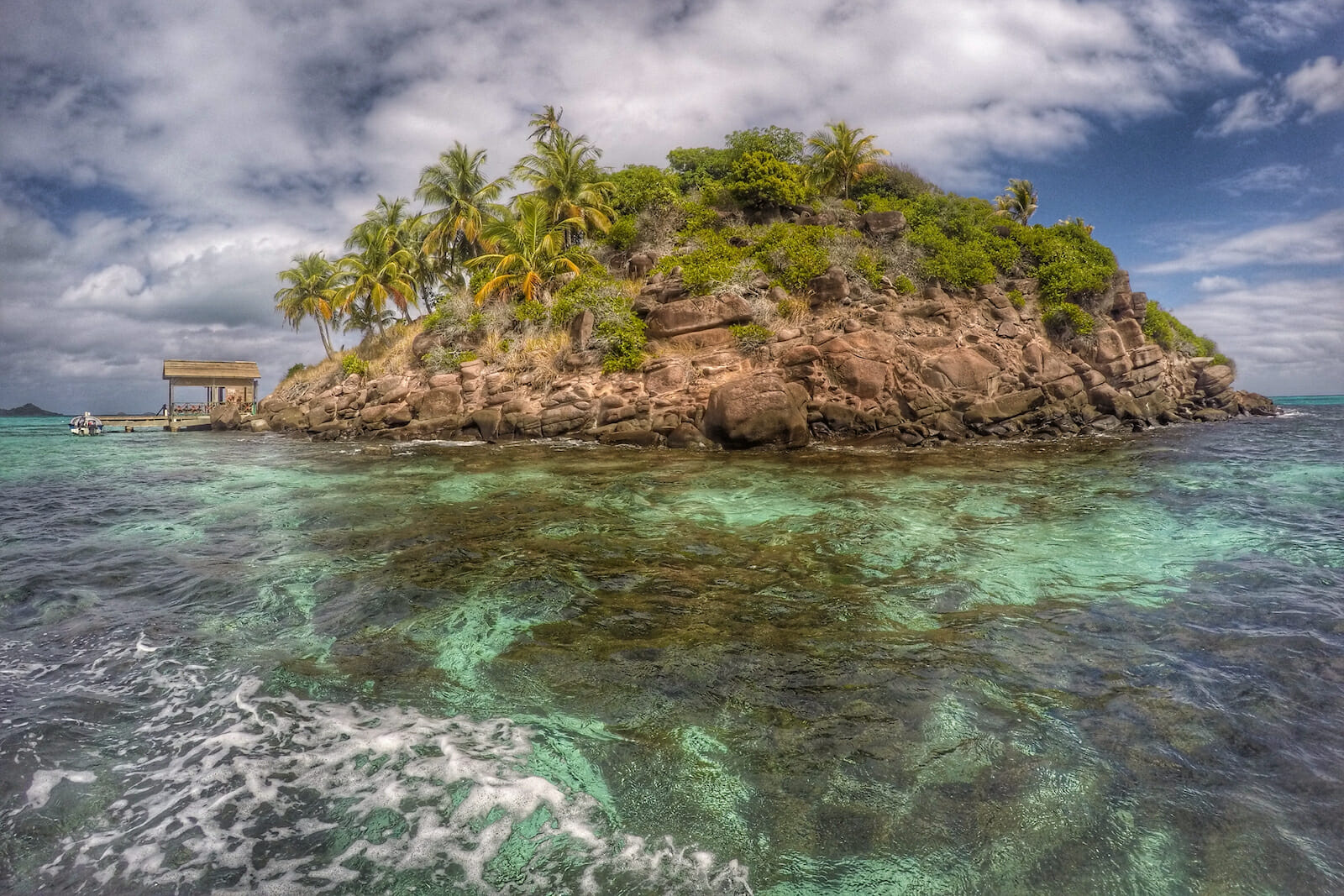
Climate Change and the Bahamas
National policymakers usually measure the effects of global climate change in terms of dollar economic loss—especially when tallying the toll of superpower storms. Scientists often measure climate change by atmospheric concentration; the most recent circular announced that the Earth’s atmosphere passed 400 parts per million (ppm) in CO2 concentration.
The magnitude of culture loss from climate change is harder to calculate but just as significant. Its storytelling has just begun. The world’s island cultures are among those most threatened by climate change. Consider the Bahamas, America’s closest Caribbean neighbor, an island chain whose fortunes rise and fall daily with the tide.
About 60 percent of the country’s economy is tourism, while 80 percent of its land lies less than 1 meter above sea level. A 1-meter sea level rise would place more than a third of major tourism properties at risk, as well as 38 percent of airports, 14 percent of road networks and 90 percent of seaports.
As inland regions around the world endure the temporary fury of intense thunderstorms and hurricanes, islands and coastal regions like the Bahamas suffer these effects and more. They see slower-burning climate phenomenon, like saltwater intrusion into the country’s precious freshwater aquifers, coral reef bleaching, and beach erosion.
The Bahamas owes its precarious ecological balance to its hunger for water resources. No rivers exist on the island chain; rainfall is the sole source of drinking water. Also, development has wasted the islands’ native topsoil. Food and water must be imported en masse at great expense. Megaresorts and massive cruise ship traffic threaten Bahamian identity, too. Yet, the islands still exhibit the tropical palette that lured American painter Winslow Homer a thousand miles from the stony ports of Maine. An afternoon in downtown Nassau can still evoke a portrait of paradise. Narrow colonial streets lead to clapboard homes designed to allow healing trade winds inside. Their exterior colors, ranging from sky blue to forest green to pastel yellow, are aged to perfection from years of sun and storms. Each panel of timber is unique in texture.
Businesswomen in purple-blue suits congregate under the shade of banyan trees, sipping papaya juice and talking politics and saying hello to strangers. After business hours, men play games of dominoes by Government House until dark. The smells of fresh seafood pervade downtown. Restaurants sell conch made various ways—the fritters are the most savory summer snack. These treats come wrapped in a comforting shell of bread and spices. Paired with a frozen piña colada or well-iced dark n’ stormy, they cool the head and warm the heart.
Another island specialty, rum cake, completes a good meal. Rum, the traditional Caribbean sailor’s pastime, provides a shot of courage for all working under the sun. The Bahamian assortment of hot sauces, made with native bird peppers, also provide a natural balm to the heat. Those willing to dare the habanero or ghost pepper sauces will find a cooling collection of sweat on their necks in a quick minute. For children, Johnnycake is an island staple—full of calories and simple satisfaction. The easy-to-make bread can be mixed with cinnamon, curry, raisins, or coconut flakes for better flavor. It can be topped with guava jam for sweetness or tamarind jam for tang.
Icons of cool, from Sidney Poitier to James Bond, have found inspiration on Bahamian sands. In Poitier’s memoir, The Measure of a Man: A Spiritual Autobiography, he recalls his childhood on Cat Island, where his parents farmed tomatoes for vending at Miami markets. He enjoys a rock star reputation in the Bahamas; last year, he attended a ceremony renaming the Paradise Island bridge in his honor.
In the smash hit Bond movie Casino Royale (2006), Bond speeds to Paradise Island’s Ocean Club, confident he’ll find both love and justice there. David Arnold’s jazzy, free-wheeling score for the scene reinforces the viewer’s and Bond’s sense of home under the Bahamian palms. Without Jamaica’s jerk or reggae, without Puerto Rico’s salsa, the Bahamas still throw a party—they call their biggest fiesta “Junkanoo.”
American writers John Dos Passos and Ernest Hemingway found diversion in the Bahamas. They fished off Bimini’s aquamarine waters for giant tuna and marlin. Hemingway caught a shark on one April 1935 trip. Upon reeling it in, he pulled his Colt revolver to teach the jaw-heavy beast some manners but managed to shoot himself in the leg.
Accidents aside, the Bimini and Key West years were the high water mark of Dos Passos and Hemingway’s friendship. The duo never failed to bond in paradise. “The rule was that you couldn’t have a drink until somebody caught a fish,” said Dos Passos in his memoirs, The Best Times. Nassau no longer harbors the sloops of Homer’s famed watercolors, but the breezy spirit of his painted sailors abides, undaunted by the worsening climate.

